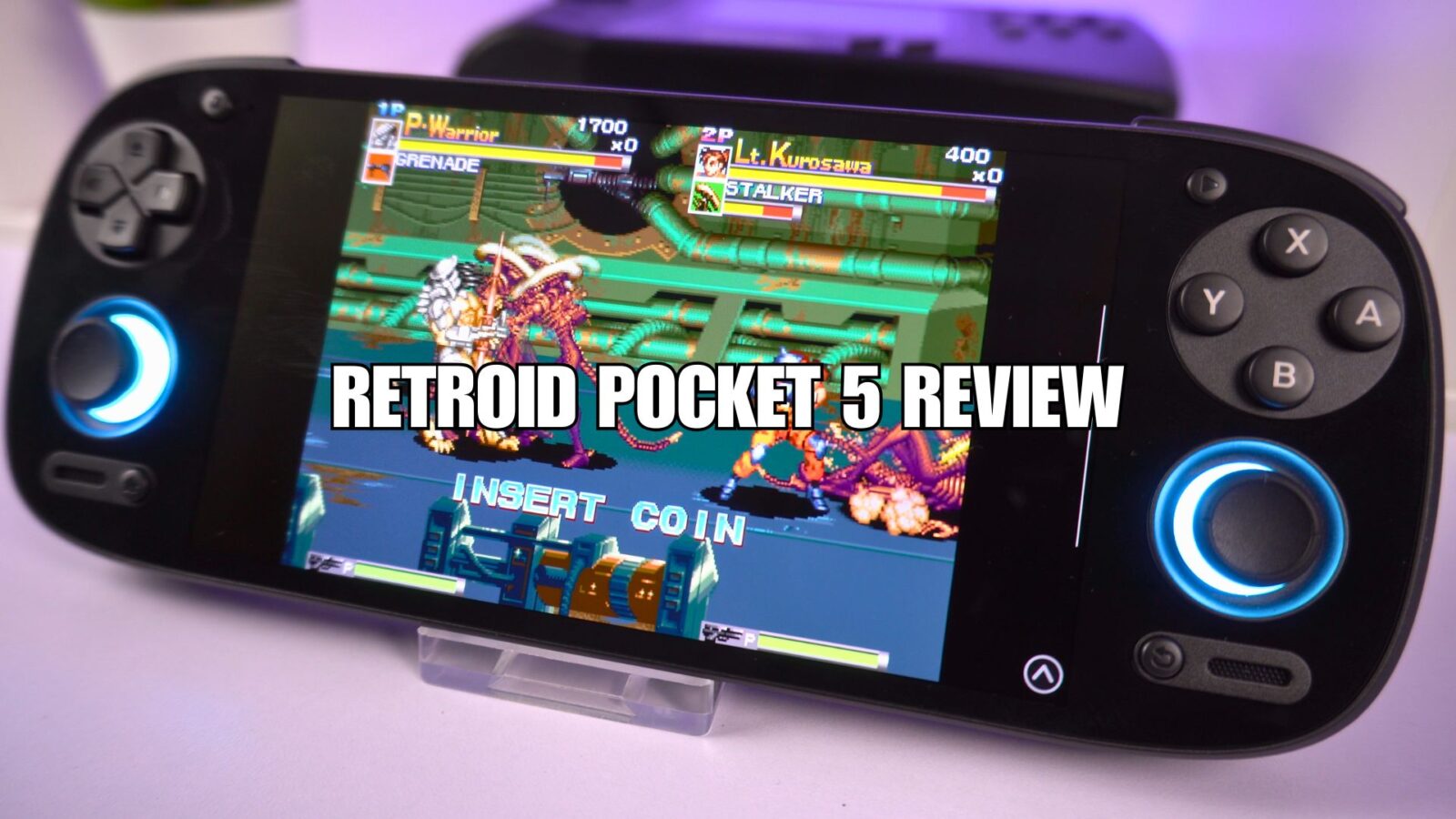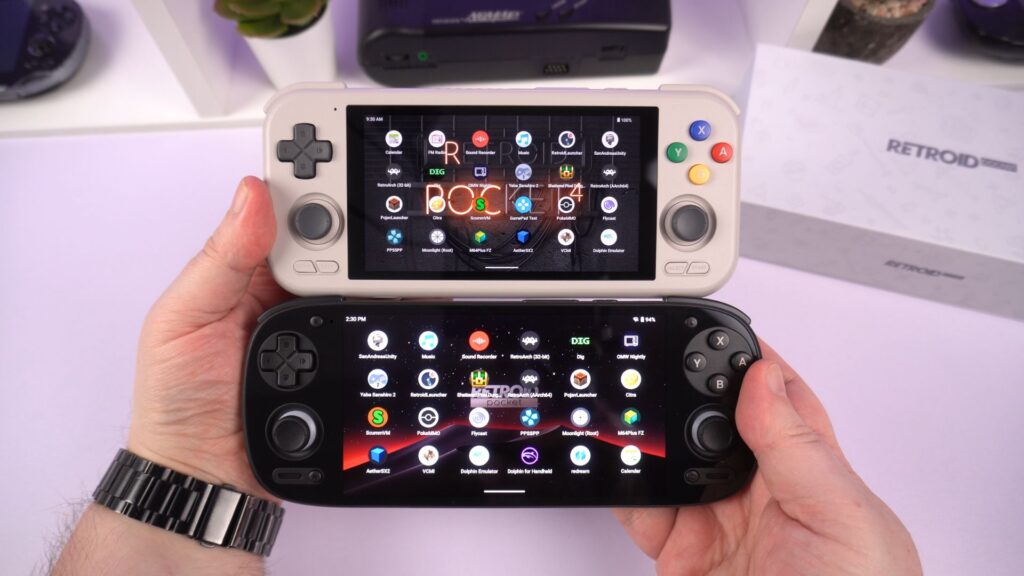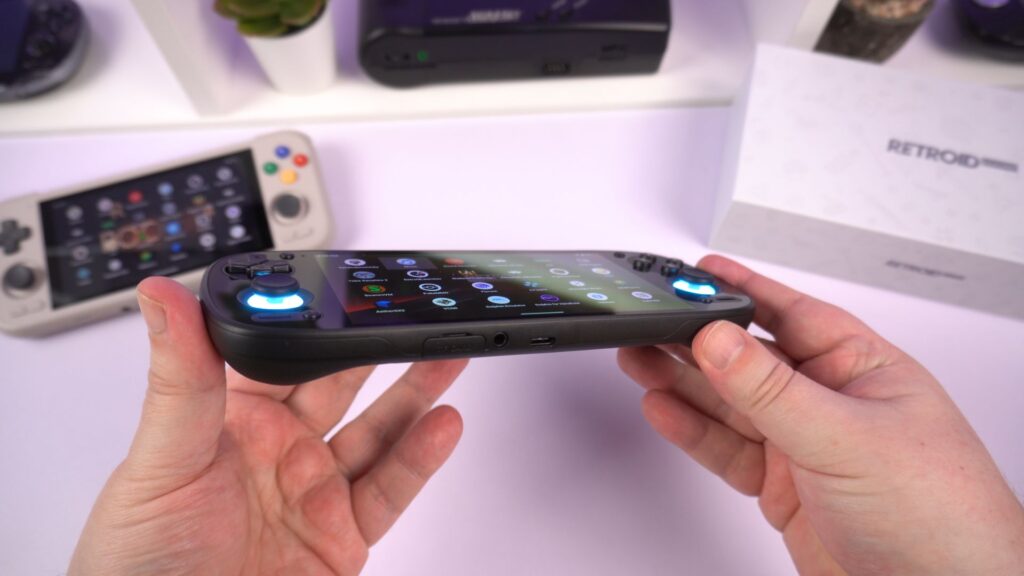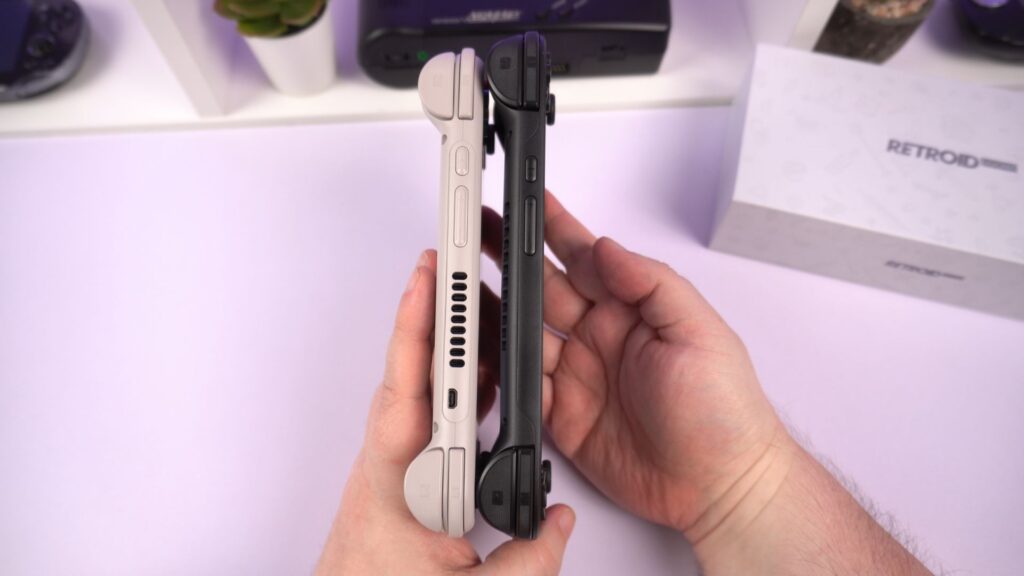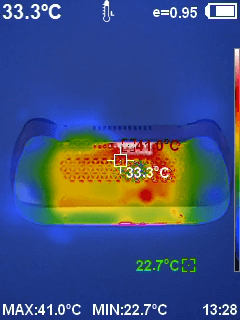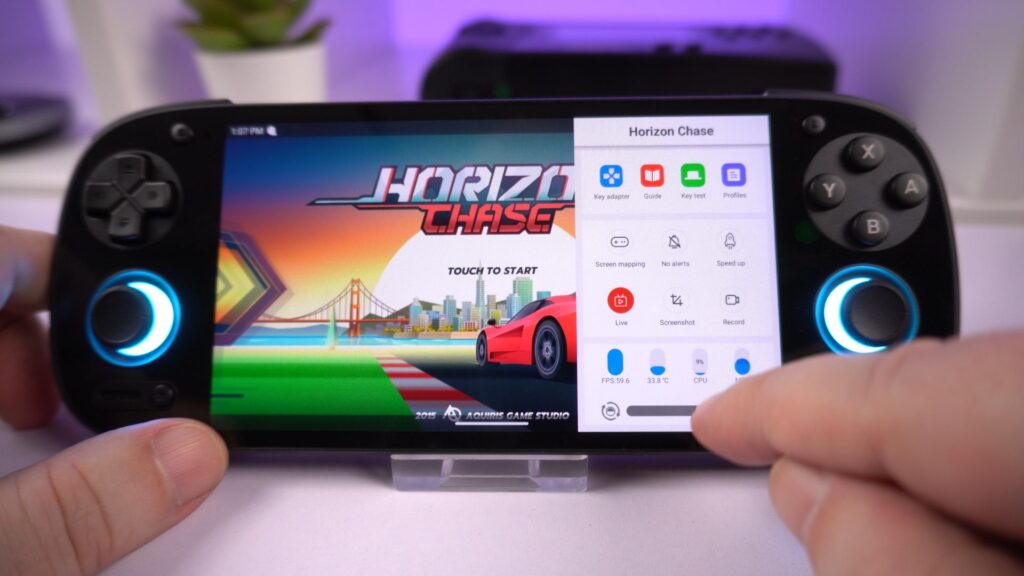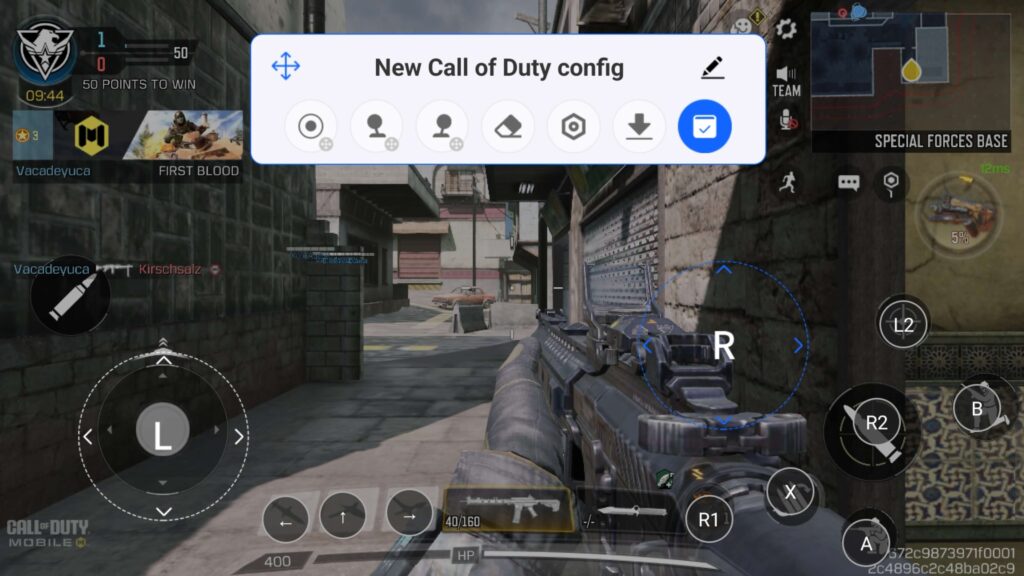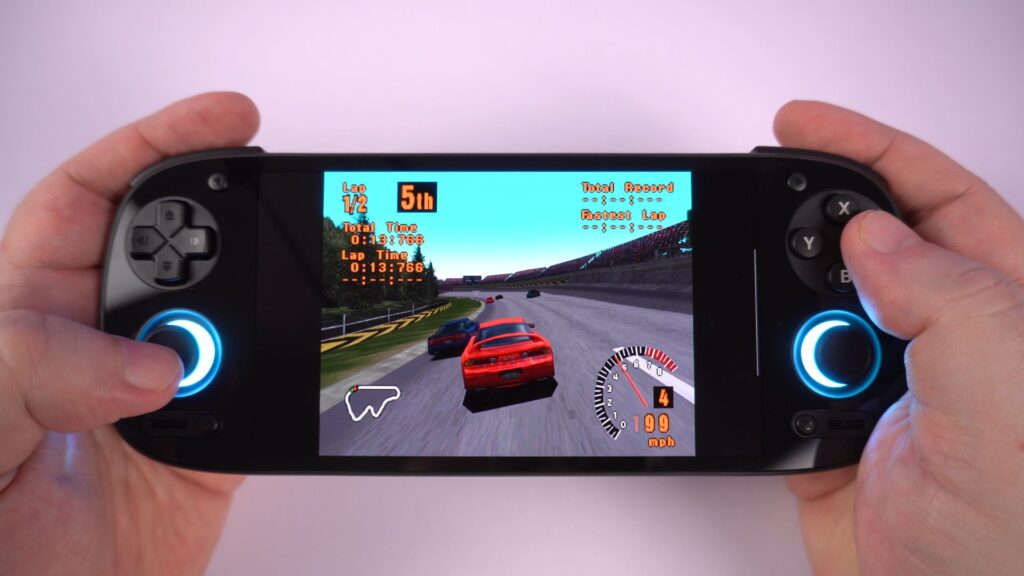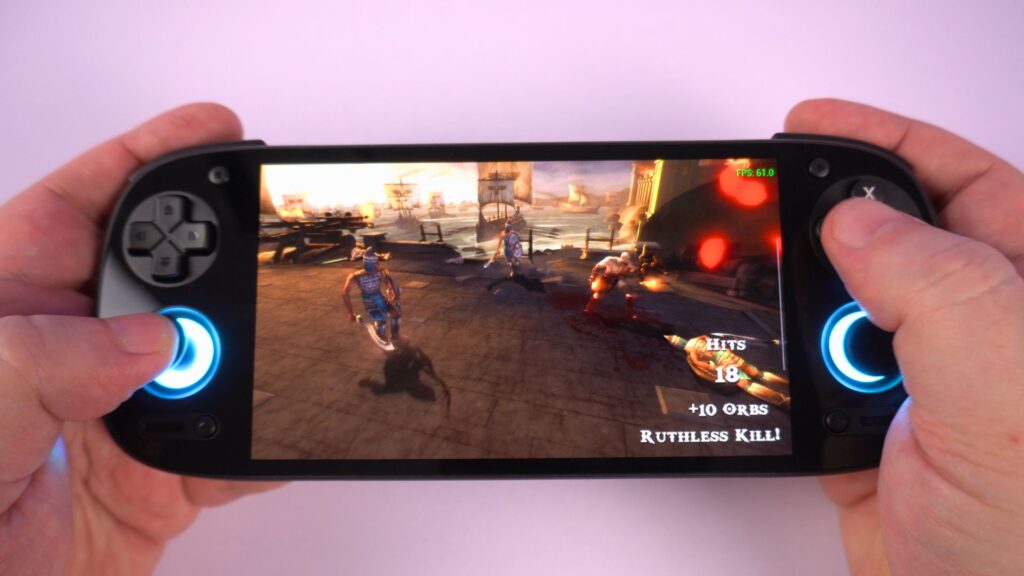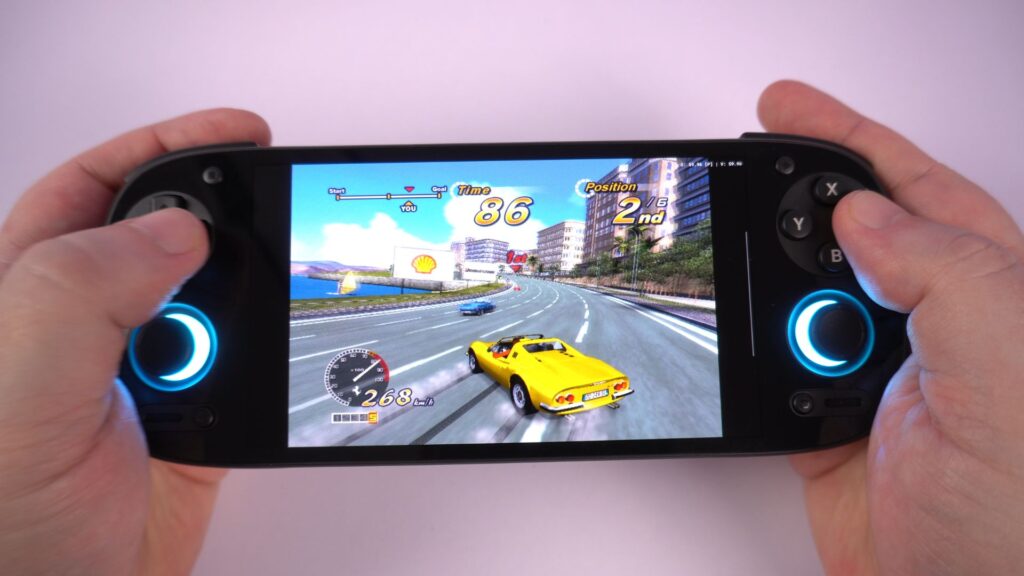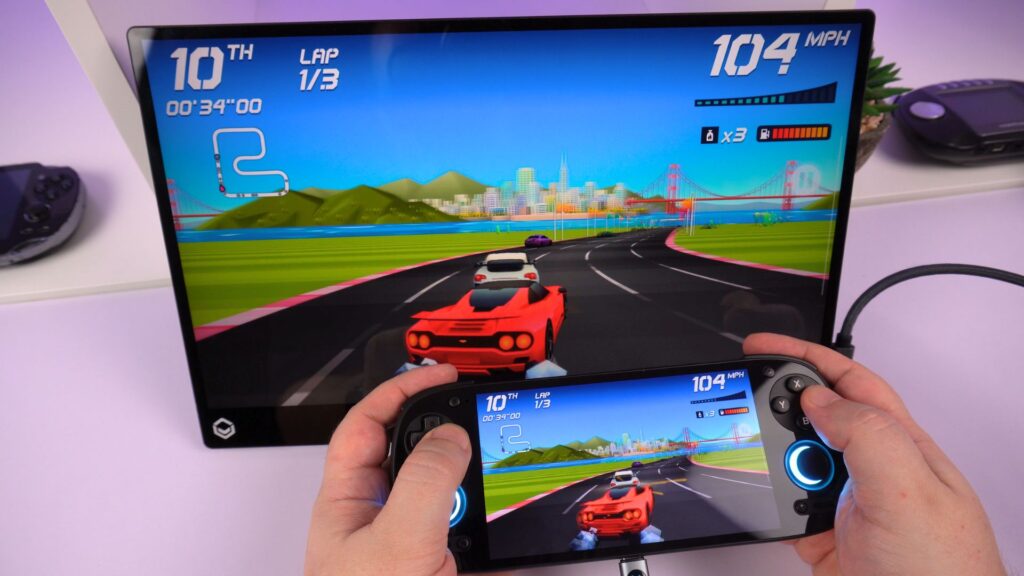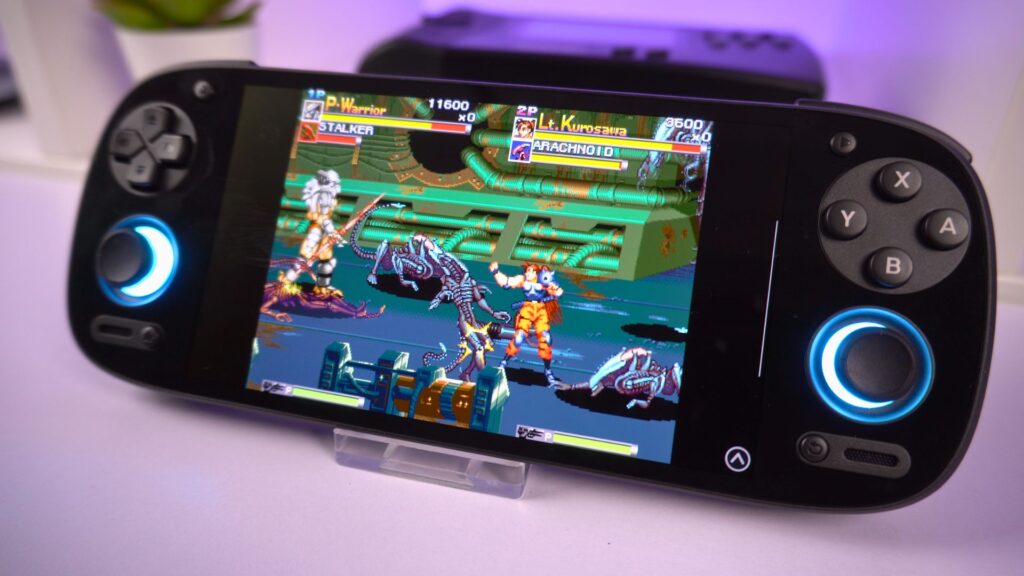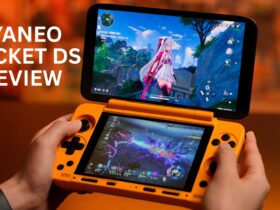Retroid Pocket 5 Review
-
Design
(5)
-
Build Quality
(5)
-
Display
(5)
-
Performance
(4.5)
-
Features
(4.5)
-
Software
(4.5)
Summary
The Retroid Pocket 5 is an Android gaming handheld featuring a Snapdragon 865 CPU, Adreno 650 GPU, 8GB LPDDR4x RAM, and 128GB UFS 3.1 storage, offering smooth performance on a vibrant 5.5” AMOLED 1080p display.
Overall
4.8User Review
( votes)Pros
- Larger AMOLED Display
- Premium Design
- Strong Emulation Performance
- Competitive Price-Performance Balance
Cons
- Not a massive performance increase over the Retroid Pocket 4 PRO model
It has been just under a year since the Retroid Pocket 4 PRO was released to great acclaim (read our review here). How will the Retroid Pocket 5 Android gaming handheld compare? Let’s find out with some comparisons, benchmark and emulator tests to see if it’s worth buying or upgrading from the Pocket 4 in our Retroid Pocket 5 review.
Retroid Pocket 5 review video
Retroid Pocket 5 Overview
We start our Retroid Pocket 5 review with an overview and comparison with the previous Android gaming console. The Retroid Pocket 5 measures around 7.8 x 3.0 x 0.6 inches (19.9 x 7.85 x 1.56 cm) and weighs around 280g (0.6 lbs).
Compared with the Retroid Pocket 4 PRO measuring 7.2 x 3.2 x 1.5 inches (18.4 x 8.2 x 1.58 cm) and 261g (0.57 lbs), the new model is a little larger and heavier.
But with that small increase in size and weight we get a larger 5.5” AMOLED display with a 1080P resolution, compared to the 4.7” lower resolution display on the Pocket 4.
You have the typical layout with D-Pad dual 3D hall effect analogue sticks and gaming buttons that feel quite comfortable to use, everything within easy reach.

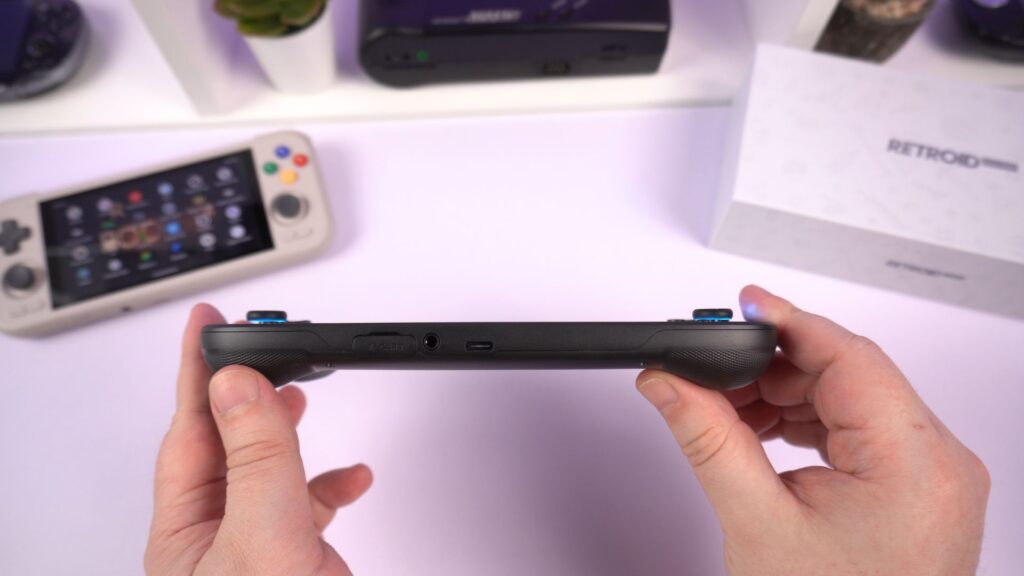
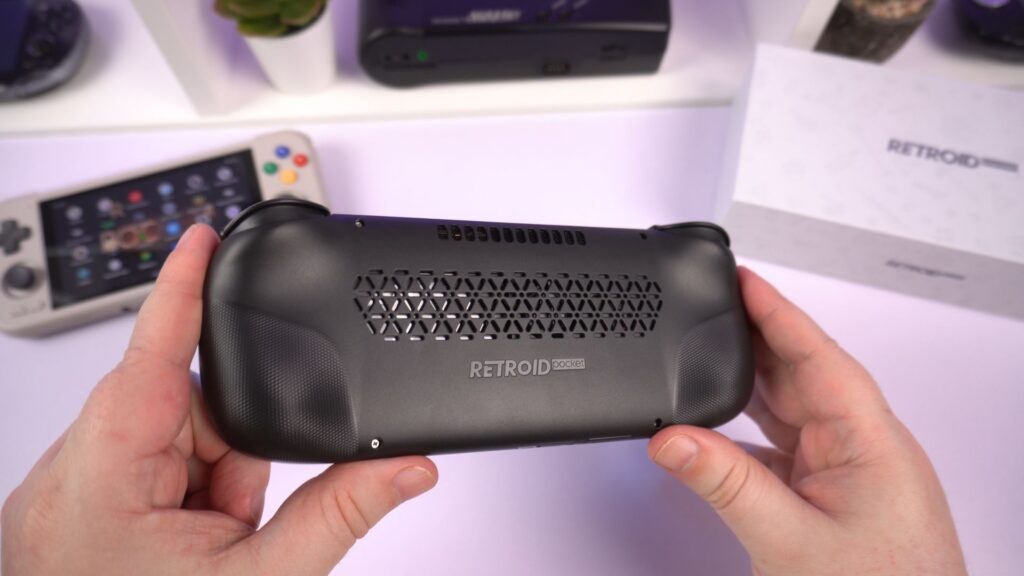
Along the top are the shoulder and analogue trigger buttons, and on the right side are volume and the power buttons. On the bottom is a covered Micro SD card slot for more storage. And in the middle is the USB-C port for charging and connecting an external monitor or TV. The back has a larger fan grill area for additional air flow and some bumps to help provide more grip for your hands, these definitely help!
The visual differences between the two models are quite contrasting. The Pocket 5 has an all glass front which looks far more premium than the Retroid Pocket 4 PRO. The more curved edges make it look more visually appealing. In terms of comfortability they are both good, the Pocket 5 edges ahead thanks to the grips on the back.
Retroid Pocket 5 Technical Specifications
Next in our Retroid Pocket 5 review we take a look at the technical specifications and compare them with the Retroid Pocket 4 Pro.
| Retroid Pocket 4/PRO | Retroid Pocket 5 | |
| CPU | Dimensity 1100 – [email protected] cores & [email protected] GHz cores | Qualcomm Snapdragon 865 – 1*A77 @2.8G, 3*A77 @2.4G, 4*A55 @1.8G |
| GPU | Mali G77 MC9 @836MHz | Adreno 650 |
| RAM | 8GB LPDDR4x | 8GB LPDDR4x @2133MHz |
| STORAGE | 128GB UFS 3.1 Micro SD card slot | 128GB UFS 3.1 Micro Card Slot |
| DISPLAY | 4.7 inch, touchscreen, 750×1334 @60Hz, 500nits | 5.5″ inch, AMOLED, 1080p @60Hz, 500nits |
| OS | Android 11 | Android 13 |
| COMMUNICATIONS | Wi-Fi 6 BT 5.1 | Wi-Fi 6 BT 5.1 |
| BATTERY | 5000mAh | 5000mAh |
In our high performance battery life tests while running Antutu on a loop on the processor High Performance setting, we got a battery life of around 4 hours 15 minutes. Average usage will of course last longer, in the several hour range no problem.
While testing the battery life we also checked the fan noise and temperatures. We got an average fan noise of 58 dB on the Sport fan mode, and the highest at 62 dB with custom fan settings. You can leave it on Smart mode which will speed up the fan on demand and overall be far quieter. For the highest temperature, we got around 42°C while on Sport fan mode.
Retroid Pocket 5 Benchmarks
As always, we run a few benchmarks as part of our Retroid Pocket 5 review to find out the Android gaming device performance and can compare the results with other models.
Geekbench 5
Starting with Geekbench 5 , we see an increase in single core performance over the Retroid Pocket 4 models, but a drop in multi-core performance compared to the Pro model. There is quite a gap between the AYANEO Pocket S and AYN Odin 2 Mini Pro models, but these are far more expensive.
Geekbench 6
With Geekbench 6 we again see a small increase in single core performance and again a small drop in multi-core compared to the 4 Pro model. These are CPU only tests so maybe we will see a difference when combined with GPU tests.
Antutu
In Antutu, which tests CPU & GPU performance amongst others we see a decent increase of around 12% in the scores compared to the Pocket 4 Pro, and an ever larger 63% over the original 4 model.
3DMARK
In 3DMARK we ran the Slingshot test for legacy benchmarking reasons and we were not surprised to max out the score. In the more challenging Wildlife Extreme benchmark we got 1,283, a nice increase over the Pocket 4, but almost identical to the 4 PRO score.
Some interesting benchmark results there. We do see increases in performance overall but maybe not quite as high as expected in some results, especially in CPU multi-core performance.
OS Overview
We continue our Retroid Pocket 5 review with a brief overview of the OS and software. The Retroid Pocket series have continued with a pretty solid frontend with their own software. You have a choice of the standard Android style frontend or Retroids own launcher which does require a little setting up to add apps and game roms.
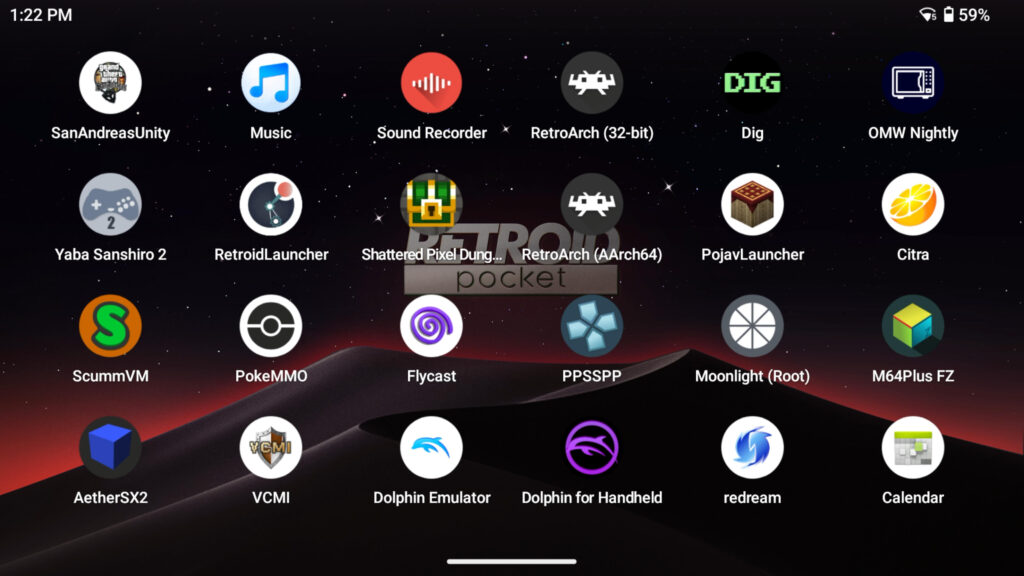
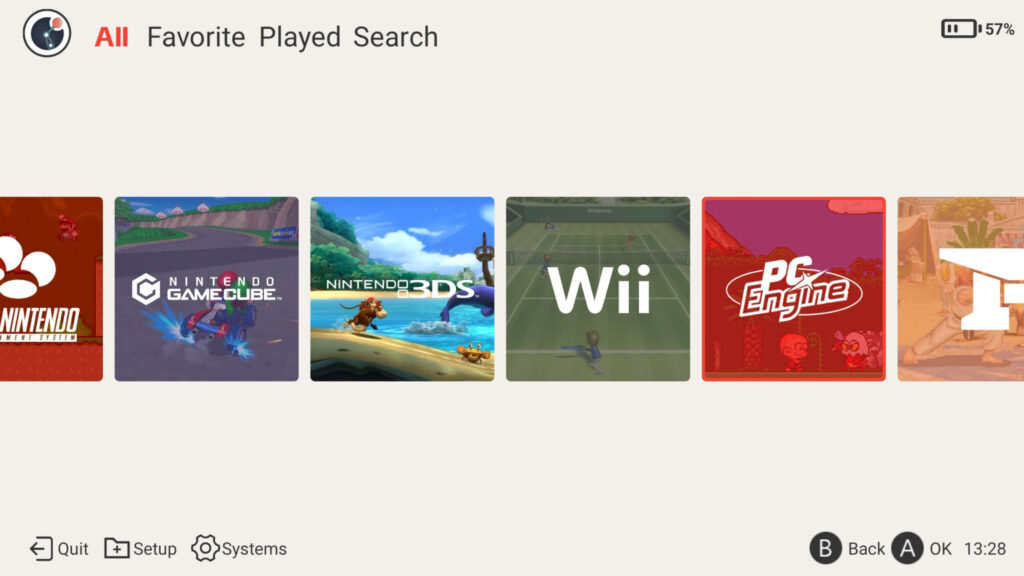
It is definitely worth setting up if you have game ROMs. Give it a path to scan, it will identify the games and download matching box art automatically. It may miss some games, but you can add your own manually if you wish to. Once set up, you can browse the games and it will launch into the appropriate RetroArch core.
You also have the Retroid overlay which has shortcuts to useful tasks such as screen mapping the controller, screenshots and live streaming. It all works great and no complaints here.
Android Gaming
Next in our Retroid Pocket 5 review we spend some time with some native Android games. While most people use these handhelds for retro gaming, there are of course many Android games you can enjoy. The great thing is the screen mapping to the controls which is very easy to do and works great. Here we have it with Call of Duty which makes the game far easier to play. You can use this with just about any game with on screen controls.
And for games with built in controller support, it works even better. While we are not massive gaming Android handheld fans we tried a bunch of games and had no issues at all either with screen mapping or native controller support.
Emulation Performance
And we could not miss out on the emulation performance in our Retroid Pocket 5 review. The Retroid Android gaming console series has always provided great emulation support for its price range and the Pocket 5 continues this trend. For all of your 8 and 16 bit, up to PlayStation era systems we recommend RetroArch. It should run all of your favourite classic games with no issues at all and you can upscale, add shaders and so on to improve the visuals.
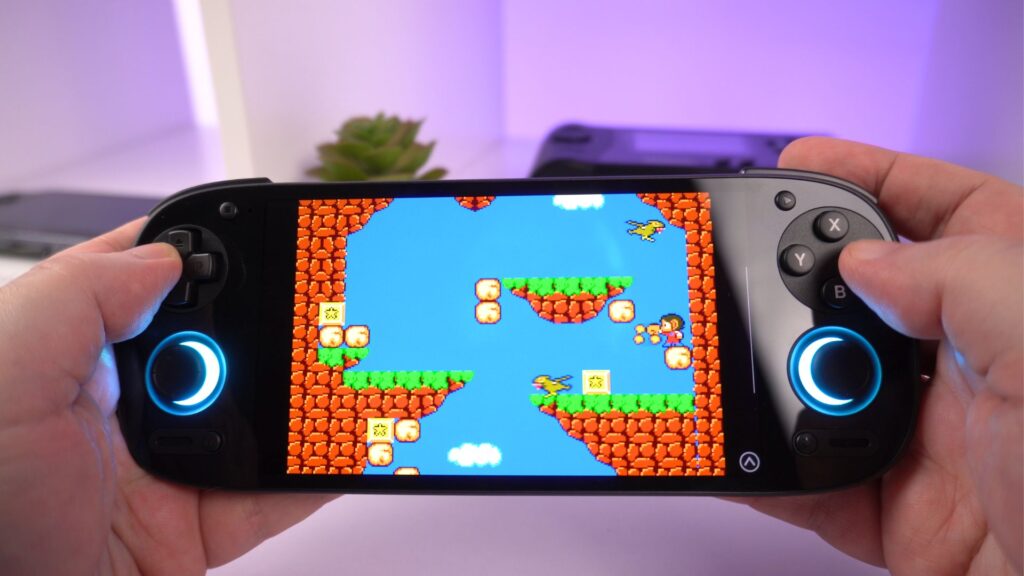
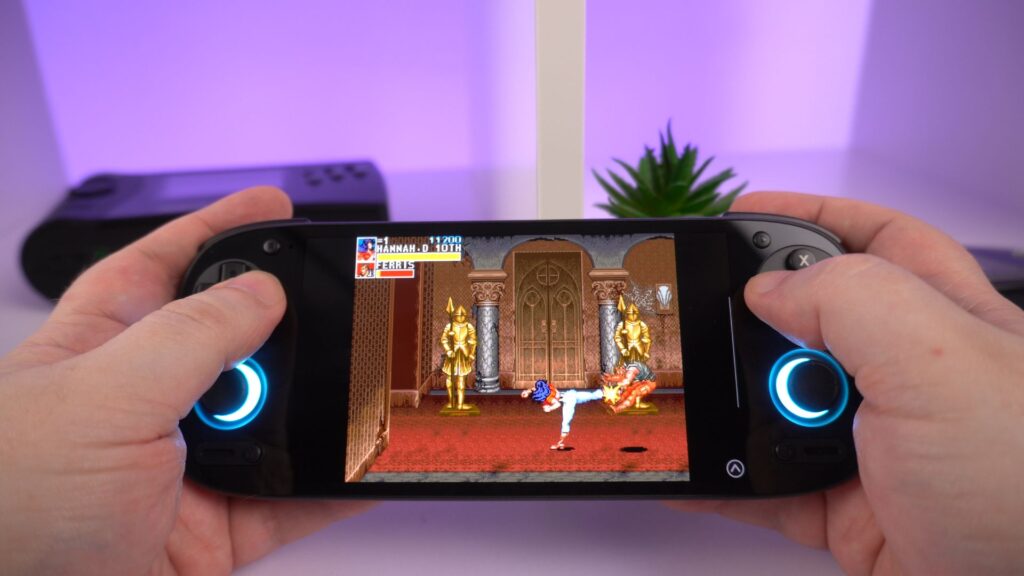
For the more demanding systems we recommend the dedicated emulator apps as they generally tend to run more optimal than RetroArch. You get the option to pre-install some popular emulators when first booting, but do remember to update them from the Google Play Store or from their homepages as some emulators are a bit out of date.
The PlayStation emulator DuckStation is excellent and with the Retroid Pocket 5 you can crank the upscaling up to 1080P, even higher, with various graphics improvements with no issues. The games look great on screen!
And with the Dreamcast emulators Flycast and Redream you should not have any issues with performance either. Every game we tried worked great.
With PPSSPP you can set everything to maximum at 1080P resolution and it looks amazing. You could go higher resolution, 4K even if you wanted.
PlayStation 2 performance is overall very good. Depending on the game you can increase the rendering resolution and have a few graphics tweaks to improve the visuals. Hopefully we see a new PS2 emulator being worked on as we could see great things for it on Android gaming devices now.
Citra works very well as expected. You will likely get some shader caching on the first run through on games which can vary in the amount of slowdown per game. But overall the performance is very good, you can even increase the rendering resolution a bit.
The Vita emulator Vita3K works quite well. We tried a bunch of games and all were very playable. Depending on the game you can increase the rendering resolution for improved visuals.

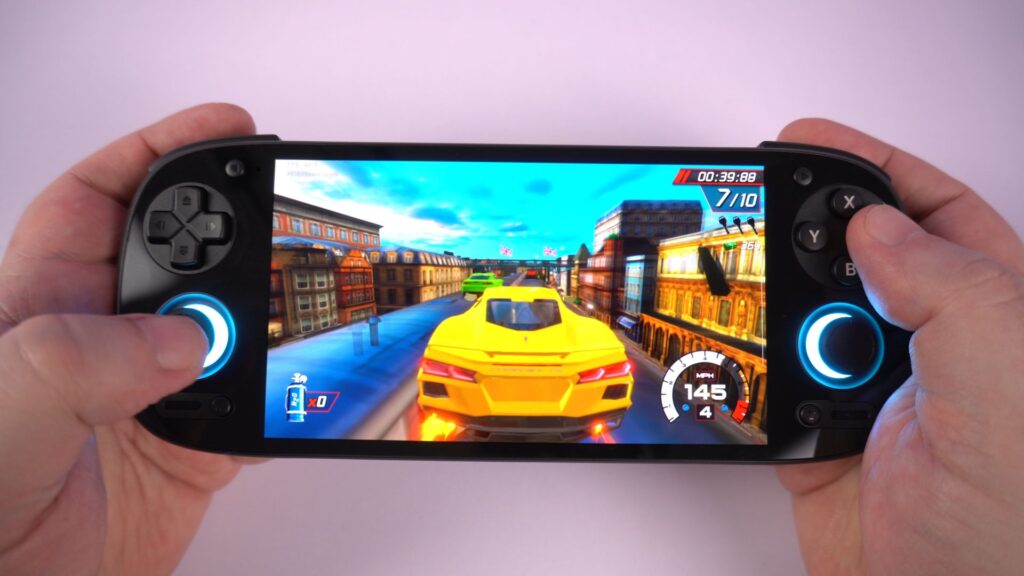
The Yuzu emulator is where we start to see a drop in performance as expected. Lower demanding games may be playable but don’t expect to be playing any first party titles. You will need to look at higher end and priced handhelds for faster performance.
Final Thoughts
The Retroid Pocket 5 is an interesting release for a new model of the very popular series. Visually we see a nice upgrade in design with the curved edges and single sheet glass front, taking clear inspiration from the premium AYANEO Pocket S design. And to be honest it does a great job in terms of appearance, giving it a higher end look.
The performance is where we do not appear to see a massive leap. The benchmark tests reveal nice increases in performance over the original Retroid Pocket 4, but less so with the Pro model. But we do have to keep in mind the price. Compared to the AYN Odin 2 Mini Pro which costs around 50% more, and the AYANEO Pocket S which is around 130% more, there is a great balance of price versus performance.
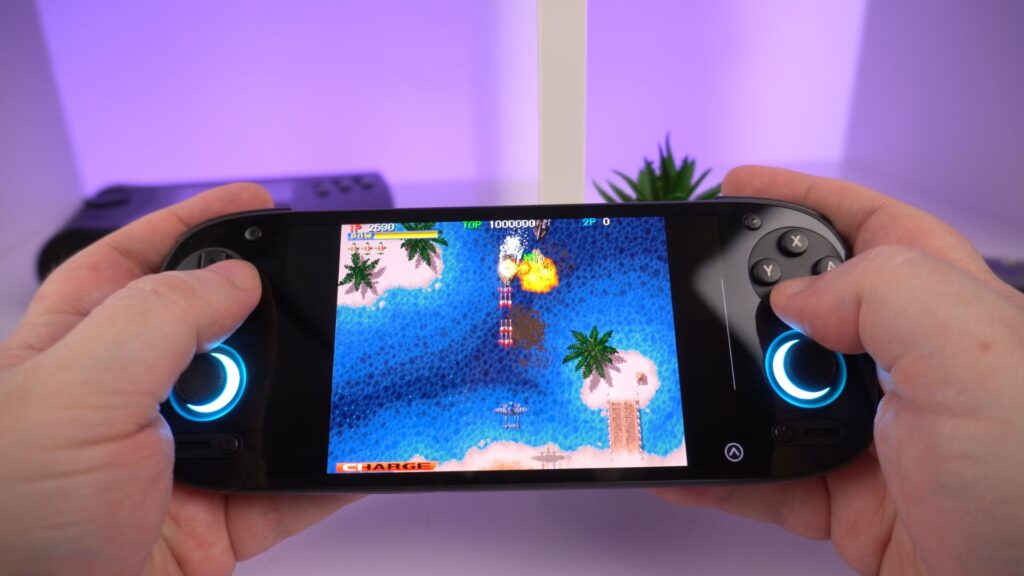
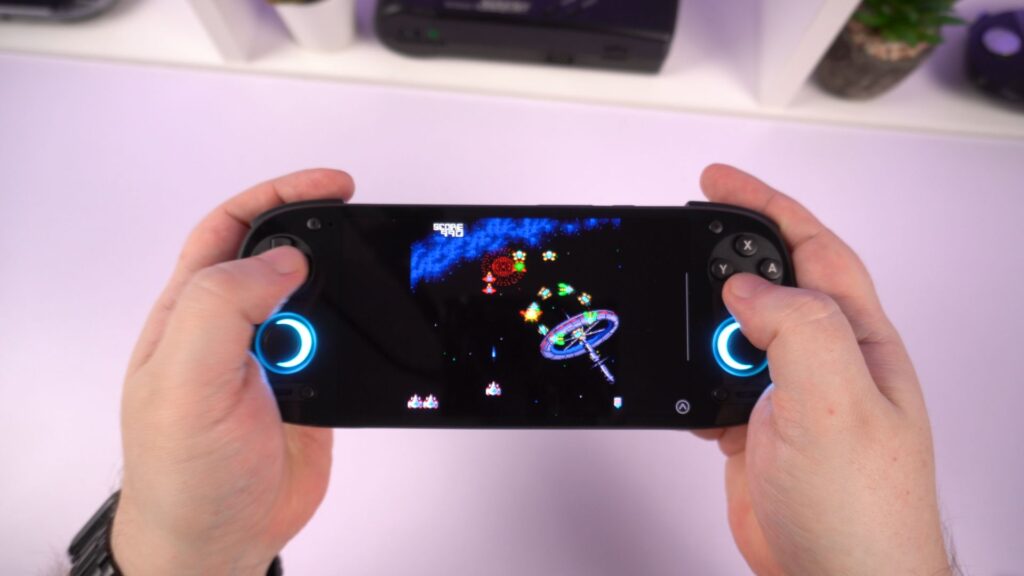
Do you need to spend that much more for the additional performance? Realistically we are looking at increased performance with YuZu which is no longer in development. You would see some performance increase with PlayStation 2, but again this is not in development any more. The Retroid Pocket 5’s level of performance fits perfectly into what is actually required if you want to play the vast majority of emulators.
If you are outright looking for a new handheld then the Retroid Pocket 5 is an excellent option for the price. If you are upgrading from the Pocket 4 then the increase in performance is pretty good and well worth considering. Upgrading from the Retroid Pocket 4 Pro model is a tougher call, there’s not a massive increase in performance and I would say it would be more down to the design, both physically and visually with the premium look and larger display.
That wraps up our Retroid Pocket 5 review. Let us know in the comments what you think of the Retroid Pocket 5. Worth upgrading or outright buying? We are always interested to hear your thoughts.







